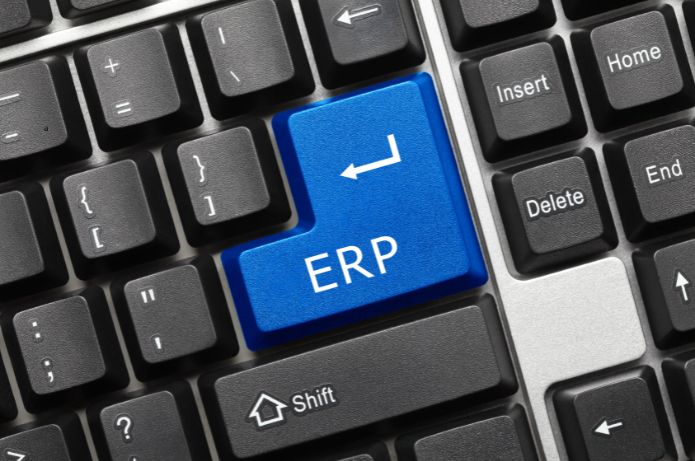In a scenario marked by the acceleration of digital transformation, the Enterprise Resource Planning (ERP) systems consolidate as strategic foundations to drive operational efficiency. More than management tools, these platforms evolve into intelligent ecosystems, integrating disruptive technologies such as cloud, Internet of Things (IoT), and Artificial Intelligence (AI) to meet the demands of a hyperconnected market.
Initially focused on transactional stability and data integrity, ERP has become a strategic element, shaping companies’ digital transformation journey. In a combined scenario of historical robustness and new analytical capabilities, embedded intelligence, and automation journeys, ERP transforms into a gear for innovation, paving the way for a new service approach.
Transition to cloud-based ERP
The migration to cloud-based models redefines business infrastructure. Gartner data indicates that 85% of large companies will adopt cloud ERP by the end of 2025, driven by advantages such as dynamic scalability, reduced operational costs, and continuous updates. The elimination of hardware investments and the guarantee of remote access, with integrated disaster recovery, transform business agility, allowing organizations of all sizes to adapt to market fluctuations in real time.
Universal mobile access
The demand for ubiquitous access requires ERPs to transcend physical boundaries. Robust mobile functionalities, with intuitive interfaces similar to consumer-grade apps, enable employees to approve production orders, track financial metrics, or manage supply chains directly from smartphones. This portability not only eliminates logistical bottlenecks but also synchronizes critical decisions with the speed of modern business.
Business Intelligence Embedded
The era of intuition-based decision-making is gradually coming to an end. Contemporary ERP platforms incorporate predictive analytics and interactive dashboards, consolidating as single sources of truth. By integrating data visualizations and self-service reports, they eliminate fragmentation between systems and offer actionable insights, from cost optimizations to demand forecasts. According to Grand View Research, this trend will contribute to the ERP market reaching $64.83 billion by 2025, with an annual growth of 11.7%.
AI and Machine Learning in process autonomy
Machine learning algorithms are rewriting ERP logic. By analyzing historical and behavioral patterns, these solutions not only automate repetitive tasks but anticipate production line failures, personalize workflows, and refine tax forecasts with increasing precision. Forbes projects that by 2025, over 90% of corporate applications will integrate AI, a leap that redefines human-machine interaction, shifting reactive functions to cognitive systems.
Connecting smart businesses with IoT
The convergence between ERP and the Internet of Things materializes the vision of smart enterprise. Sensors embedded in physical assets, from industrial machines to logistics vehicles, feed systems with real-time data, enabling algorithms to detect anomalies, adjust delivery routes, or optimize energy consumption autonomously. This interaction between physical and digital worlds not only eliminates manual intermediaries but creates virtuous cycles where each operation generates intelligence for the next.
The future is already contextual
Despite all the benefits, ERP transformation still presents a key challenge: perceived cost versus delivered value. There are still perception challenges regarding return on investment (ROI), especially for companies adopting migration partially or conservatively.
Looking ahead, tools that support updating with growing maturity and the consolidation of practices like clean core and cloud-first strategy make the scenario more promising for companies deciding to move forward.
While traditional ERPs were limited to recording transactions, new generations of these systems act as digital orchestrators. The combination of cloud computing, ubiquitous mobility, and prescriptive analytics paints a scenario where efficiency ceases to be a metric and becomes a continuous, adaptive, proactive, and above all, invisible process. For companies aiming for digital maturity, the message is clear: integrate or fall behind.


